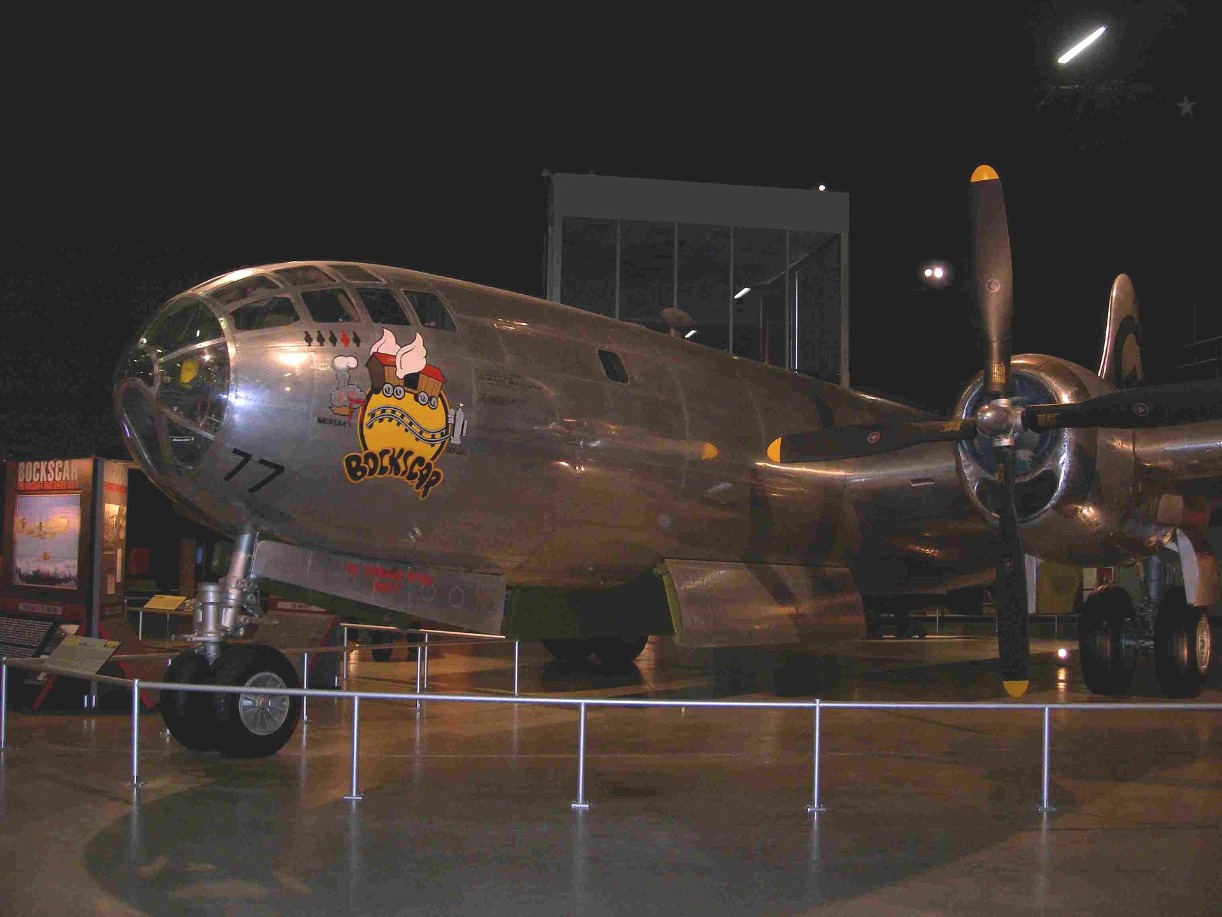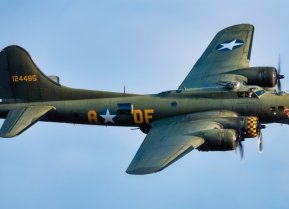Boeing B-29 Superfortress: This Bomber Was a Real WWII Game Changer
During the Second World War, no aircraft combined as many technological advances as the Boeing B-29 Superfortress. The long-range, heavy bomber became the "big stick" in the final campaign of the war in the Pacific, and it was a B-29 that delivered the first atomic bomb that was detonated over Japan in August 1945.
No Aircraft Combined as Many Technological Advances as the B-29 - During the Second World War, no aircraft combined as many technological advances as the Boeing B-29 Superfortress. The long-range, heavy bomber became the "big stick" in the final campaign of the war in the Pacific, and it was a B-29 that delivered the first atomic bomb that was detonated over Japan in August 1945.
After the end of World War II, the B-29 was used in Korea and was converted into a key post-war transport and tanker.
Notable B-29 Superfortress Facts
While the B-29 is remembered for its role at the end of the Second World War, work on the Superfortress had actually begun three years before the United States was drawn into the conflict. In October 1938, in one of his last acts before he was killed in an airplane crash, United States Army Air Corps Chief of Staff, General Oscar Westover, had officially established a requirement for a new "super bomber" to succeed the B-17.
What is notable is that at the time, the B-17 was being denied funds from Congress. With the support of the war department's procurement chief, General Oliver Echols, the program moved forward.
Some $3 billion was invested in the aircraft, and that was before it ever flew. It was more than had been spent on any aircraft project.
It Needed New Factories
Building the B-29 wasn't as easy as converting a B-17 – or other aircraft – assembly line. In fact, major B-29 components were made in over sixty new factories. The bomber's enormous nacells, which were each as big as a P-47, came from a newly built facility in Cleveland, operated by the Fisher Body Division of General Motors.
The final assembly of the bombers was completed at three of the world's largest buildings, which included Boeing's factory in Wichita, Kansas; Martin at Omaha, Nebraska; and Bell at Marietta, Georgia.
First Strategic Bomber
It is safe to say that the money invested in the B-29 was worth every penny, as the Superfortress became the first pressurized bomber to enter service. It was able to operate over vast distances and fly at altitudes that enemy fighters couldn't reach, and most importantly deliver huge bomb loads onto the enemy. Without the reach of the B-29, America would likely have had to fight much longer.

It was originally designed to bomb Germany from the United States, but the B-29 entered service only as the war in Europe was coming to an end. Instead, the bomber was deployed against the Japanese where it devastated the island nation's cities in huge firebomb raids.
On the nights of March 9-10, 1945, 324 B-29s attacked Tokyo as part of Operation Meetinghouse – and the result was the most destructive air raid in history. The firestorm, with its intense heat and winds, created "tornadic activity" that caused updrafts in the flames, which in turn created massive turbulence for the bombers. In fact, the turbulence was such that the bombers buffeted along with sudden altitude changes as much as 1,000 feet, up or down. In some cases, the winds actually flipped some of the B-29s over in mid-air!

Heavy Bomber and Superfortress
Up to 20,000 pounds of bombs could be carried in two bomb bays, which were situated on either side of the wing center section. Bombs were typically carried in vertical stacks. In special aircraft, the space between the bomb bays was used to mount the APQ-13 or Eagle BTO (bombing through overcast) radar.
While the ability to fly higher than the enemy could fly was one of the bomber's defenses, the B-29 was also armed with pars of .50-caliber (12.7mm) machine guns in four remotely-operated turrets as well as a manned turret in the tail that was also equipped with 20mm cannon. There was also a camera in the tail turret to record the results.
Fuel Station in the Sky
After World War II, the B-29 was modified to serve as the KB-29, the world's first true service tanker aircraft. It helped pioneer in-flight refueling that has become vital to modern combat aircraft.
The Soviets Copied It
Seeing that the Soviets could be a future enemy – even before World War II ended – the United States refused to supply Moscow with the B-29 under Lend-Lease. However, on four occasions in 1944, individual B-29s were forced to make emergency landings in Soviet territory. As the Soviets had been neutral in the Pacific War, the bombers were interned.

The Soviets refused to return the aircraft and three of the repairable bombers were flown to Moscow, dismantled, and copied by Tupolev. The result was the Tupolev Tu-4 (NATO reporting name "Bull"), which jumpstarted the Soviet's post-war strategic bomber program.
About the Author: Peter Suciu
Peter Suciu is a Michigan-based writer who has contributed to more than four dozen magazines, newspapers, and websites. He regularly writes about military hardware, and is the author of several books on military headgear including A Gallery of Military Headdress, which is available on Amazon.com. Peter is also a Contributing Writer for Forbes. You can email the author at [email protected].


